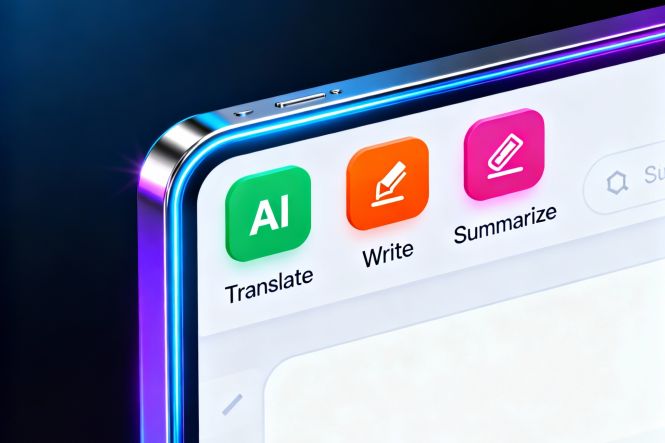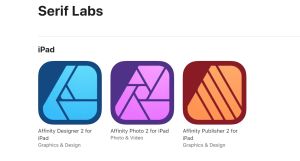 AI browsers: the common features that really help
AI browsers: the common features that really help
A couple dozen years from now, the decade we’re living in — 2020 through 2030 — will probably be remembered as the “AI hype period.” Seriously, it feels like every item, whether hardware or software, that can derive even the slightest benefit from integration with a large language model is being branded “AI-something.” We’ve collected some funny, awkward, and outright misleading examples; stay tuned, the feature is coming.
Browsers — the ubiquitous programs used by every person on the planet who goes online — are no exception to the AI hype. Starting in early 2025, there appeared several browsers claiming to be AI-driven, and the mainstays like Google Chrome and Microsoft Edge got enhancements allowing them to join this trend.
This piece sums up the features that all decent AI-powered browsers have on board. Read on if you haven’t yet made up your mind about actually making one your default go-to-web program, or simply want a clear overview of what modern browsers have to offer.
Common capabilities shared by AI-based browsers
Regardless of the terminology used on product pages, all AI-driven browsers generally share the following capabilities (as of late October 2025).
- Translation. The technical term for the mountains of code and data behind AI is Large Language Model, so, naturally, all of them speak dozens of languages and can translate.
- Writing assistance. Again, stemming from the language part of the technical term, this capability means an AI can help you improve wording, grammar, syntax, or even get over that pesky writer’s block.
- Summarization. TL;DR (Too Long; Didn't Read) is now one of the core features of any AI-driven browser; it can make the long story short, but please remember that some LLMs are prone to hallucinations a bit more than others.
- Context awareness. The assistant you summon in an AI-based browser is supposed to be aware of the tabs you currently have open and active, or at least the tab you are viewing at the moment. Its actions and suggestions should factor in that context.
- Tab organization. This feature has implementations that vary in thoroughness and agility, but generally, it boils down to grouping tabs by a certain attribute (work, study, leisure), often color-coding them, and offloading or downright closing those that haven’t been used in a while.
- Prompt-driven routine tasks automation. Every major AI-based browser supports prompt saving for future use. This feature is very helpful, as it lets you run, not crawl through everyday chores that previously took dozens of minutes, if not hours. The prompts can be rather sophisticated: for example, you can tell the AI to scoop up morning news about a specific company and compare it to what was said about it a year ago. Or have it adjust colors in a picture in a sequence of actions. Or scan the online stores for a product and make a price comparison table. Or…
There are numerous other things AI browsers can do based on prompts, from route planning to price comparison. Some claim to have agentic capabilities; they can book flights for you, or order pizza. Such actions require deeper integration with an array of your accounts, which, as the recent case of OpenAI’s Atlas shows, is not exactly safe thus far. However, it clearly is the direction this software will develop in, so it makes sense to at least morally brace up to face the future in which a browser is much more than a doorway to the global network.



